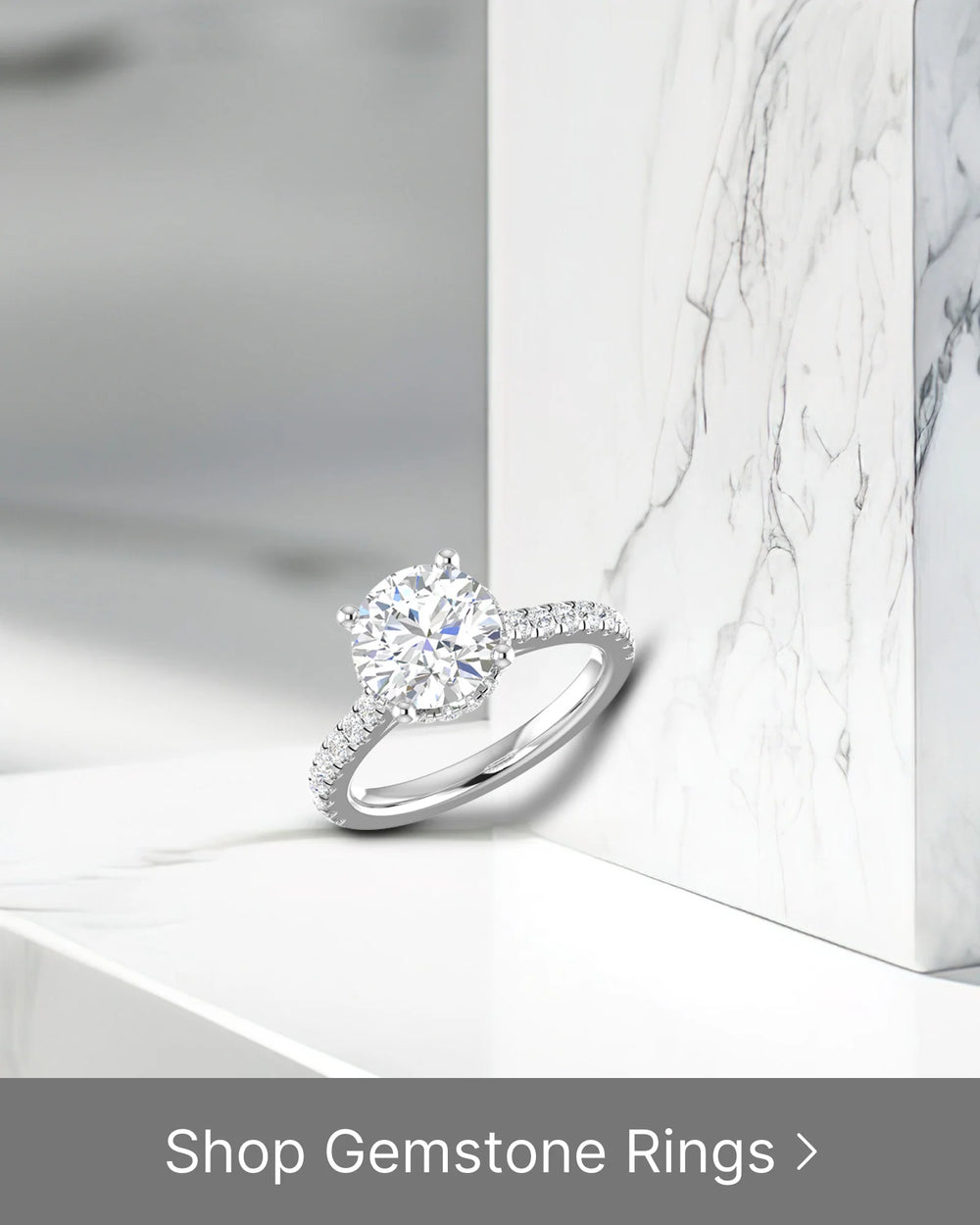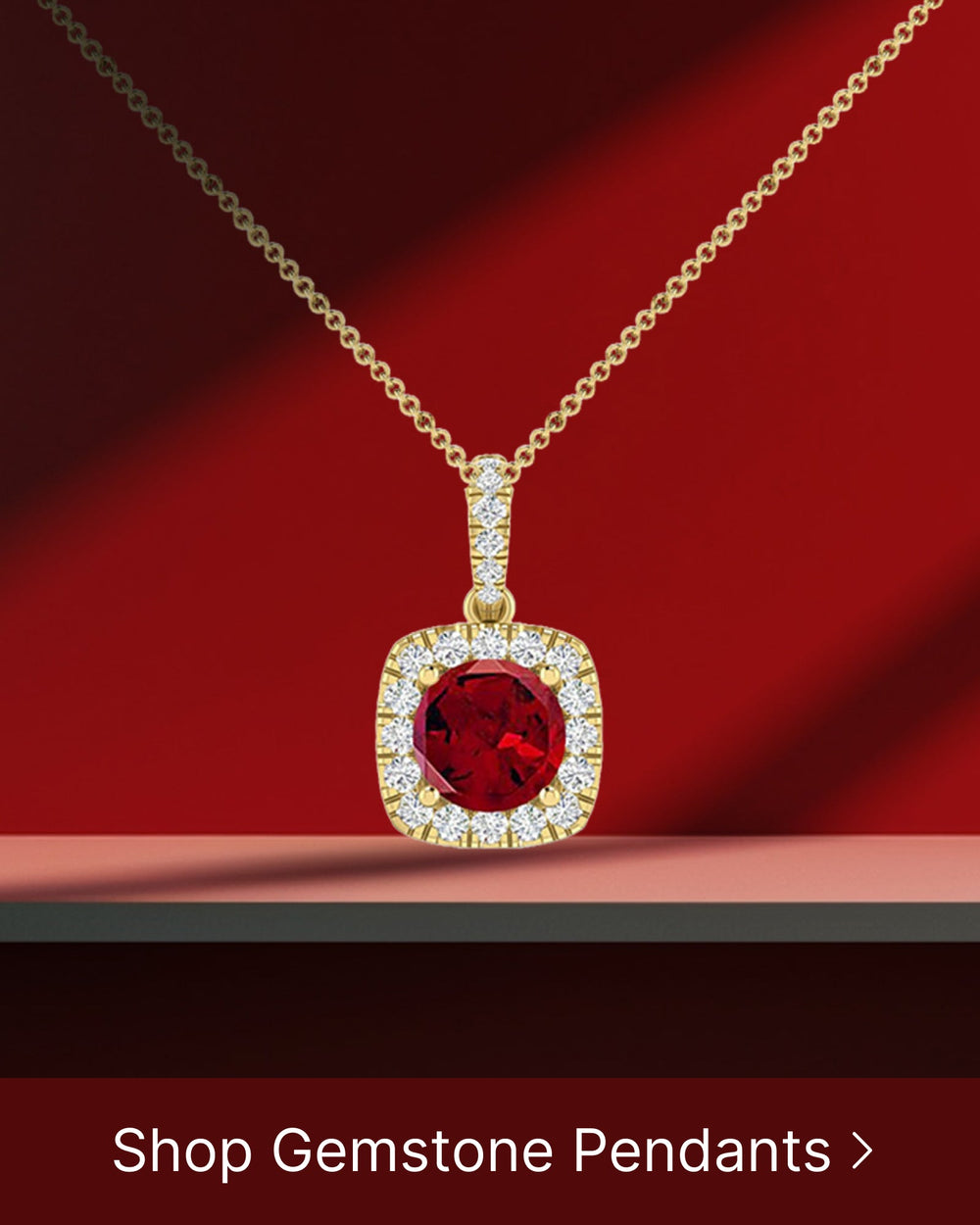Blue Topaz: A Long-Lasting Gemstone?
Blue topaz is a gemstone that has captivated people for centuries with its stunning color and remarkable durability. But is blue topaz truly a long-lasting gemstone? In this article, we will explore the origin of blue topaz, its durability, care and maintenance, symbolism and uses, as well as the market for this magnificent gemstone.
Understanding the Origin of Blue Topaz
Blue topaz is formed through geological processes that date back millions of years. The gemstone is created when aluminum and fluorine combine with silica-rich rocks under high pressure and temperature conditions. This process leads to the creation of large crystal formations, which are then cut and polished to showcase the gemstone's breathtaking blue color.
Geological Formation of Blue Topaz
The geological formation of blue topaz occurs deep within the Earth's crust. Over time, volcanic activity and the movement of tectonic plates bring the gemstone closer to the surface where it can be mined. This natural formation process ensures that each blue topaz gemstone is unique, with its own individual characteristics and beauty.
As the aluminum and fluorine combine with silica-rich rocks, the intense pressure and temperature cause a chemical reaction that transforms the minerals into blue topaz. This transformation takes place over millions of years, as the rocks slowly move and shift within the Earth's crust. The process is a delicate balance of heat and pressure, creating the perfect conditions for the formation of this stunning gemstone.
Once the blue topaz crystals have formed, they continue to grow and develop over time. The crystals can reach impressive sizes, with some specimens measuring several inches in length. The growth of these crystals is a testament to the incredible forces at work beneath the Earth's surface.
The Role of Impurities in Color Formation
Impurities play a significant role in the color formation of blue topaz. The presence of trace elements, such as iron and chromium, can influence the shade of blue displayed by the gemstone. From pale sky blue to deep ocean blue, the range of colors available in blue topaz is truly remarkable.
During the formation process, these trace elements become trapped within the crystal structure of the blue topaz. Their presence affects the way light interacts with the gemstone, resulting in the vibrant blue hues that are so highly prized. The specific combination and concentration of impurities determine the exact shade of blue that a blue topaz gemstone will exhibit.
Interestingly, the color of blue topaz can also be altered through various treatments. Heat treatment, for example, can enhance the color of a blue topaz gemstone by intensifying the existing blue hue. This process is carefully controlled to ensure the gemstone's integrity and beauty are preserved.
Blue topaz is a gemstone that captivates with its stunning blue color and fascinating origins. From the geological processes that form it deep within the Earth's crust to the role of impurities in color formation, each aspect adds to the allure and uniqueness of this remarkable gemstone.
The Durability of Blue Topaz
Blue topaz is a highly sought-after gemstone, and one of the reasons for its popularity is its remarkable durability. With a ranking of 8 on the Mohs scale of mineral hardness, blue topaz is known for its ability to withstand everyday wear and tear. This makes it an ideal gemstone for jewelry pieces that are meant to be worn frequently.
But what exactly is the Mohs scale and how does it measure hardness? The Mohs scale is a widely used method for determining the hardness of minerals and gemstones. It ranks materials on a scale from 1 to 10, with 10 being the hardest. Blue topaz's rating of 8 indicates that it is a gemstone that can resist scratches and abrasions better than many other gemstones.
In addition to its hardness, blue topaz also boasts resistance to weathering and erosion. Unlike some gemstones that may fade or change color over time, blue topaz maintains its vibrant hue. This resilience makes it an excellent choice for individuals looking for a gemstone that will last for years to come.
Blue topaz's durability is not only a practical advantage but also adds to its aesthetic appeal. The gemstone's ability to withstand the test of time ensures that any jewelry piece featuring blue topaz will remain as beautiful and captivating as the day it was first worn.
Furthermore, blue topaz's durability makes it suitable for a wide range of jewelry designs. Whether it's a delicate pendant, an intricate ring, or a statement bracelet, blue topaz can be incorporated into various styles without compromising its integrity. This versatility allows jewelry designers to explore different creative possibilities and offer customers a diverse selection of blue topaz jewelry.
Moreover, blue topaz's durability extends beyond its physical properties. It also represents strength and resilience, making it a meaningful gemstone for those who wear it. Blue topaz is often associated with qualities such as clarity of thought, communication skills, and emotional balance. By choosing blue topaz, individuals can not only enjoy its durability but also embrace the symbolic meaning behind this captivating gemstone.
Care and Maintenance for Blue Topaz
To ensure the longevity of your blue topaz jewelry, proper care and maintenance are essential. Blue topaz gemstones are not only stunning but also delicate, requiring special attention to keep them looking their best for years to come.
When it comes to cleaning blue topaz, it's crucial to use gentle techniques to avoid damaging the gemstone. One effective method is to create a warm soapy water solution and immerse your blue topaz jewelry in it. Gently scrub the gemstone with a soft brush to remove any dirt or oils that may have accumulated over time. Remember to rinse the jewelry thoroughly with clean water and pat it dry with a soft cloth.
While warm soapy water is generally safe for blue topaz, it's important to note that certain cleaning agents can harm the gemstone. Harsh chemicals and ultrasonic cleaners should be avoided at all costs, as they have the potential to strip away the gemstone's natural beauty and cause irreparable damage.
In addition to cleaning, preventing damage and prolonging the longevity of your blue topaz jewelry should be a top priority. Despite being a relatively durable gemstone, blue topaz is still susceptible to damage from impacts and sudden temperature changes. It is highly recommended to remove your blue topaz jewelry before engaging in activities that may expose it to potential harm, such as sports or heavy physical work.
When not wearing your blue topaz jewelry, proper storage is essential. Storing your jewelry in a soft pouch or a lined box can help prevent scratches and other forms of damage. It's also advisable to keep your blue topaz jewelry separate from other gemstone pieces to avoid any potential scratching or chipping.
Furthermore, it's worth noting that exposure to certain chemicals, such as household cleaners or beauty products, can negatively affect the appearance of blue topaz. To preserve the gemstone's beauty, it's best to remove your jewelry before using any chemicals and put it back on once you have finished.
By following these care and maintenance tips, you can ensure that your blue topaz jewelry remains as radiant and captivating as the day you first laid eyes on it. With proper care, your blue topaz gemstones will continue to dazzle and delight for generations to come.
The Symbolism and Uses of Blue Topaz
Blue topaz holds significant symbolism and has been used for various purposes throughout history. Its exquisite beauty and calming blue color make it a popular choice for jewelry and other decorative items.
Blue Topaz in Jewelry
Blue topaz is commonly used in jewelry due to its alluring blue hues. It is often set in sterling silver or gold to enhance its brilliance. Blue topaz jewelry is not only a stunning accessory but can also hold personal meaning and symbolism for the wearer.
Historical and Cultural Significance of Blue Topaz
Throughout history, blue topaz has been associated with feelings of calmness, serenity, and emotional balance. It has been used in various spiritual practices and is believed to promote harmony and clear communication. In some cultures, blue topaz is also considered a stone of love and fidelity.
The Market for Blue Topaz
The market for blue topaz is diverse, with various factors influencing its value. Understanding these factors can help buyers make informed choices when purchasing blue topaz gemstones or jewelry.
Factors Influencing Blue Topaz Value
The value of blue topaz can vary depending on several factors, including color, size, clarity, and cut. Blue topaz gemstones with intense blue hues and excellent clarity are generally highly valued. Additionally, larger gemstones and well-executed cuts can also contribute to a higher market value.
Buying Tips for Blue Topaz
When buying blue topaz, it is important to source from reputable sellers who can provide accurate information about the gemstone's origin and quality. Consider factors such as certification, customer reviews, and guarantees to ensure you are purchasing a genuine and high-quality blue topaz.
In conclusion, blue topaz is not only a visually stunning gemstone but also a long-lasting one. Its geological formation, durability, care requirements, symbolism, and market value make it a gemstone worth considering for those seeking both beauty and longevity in their jewelry collection.






